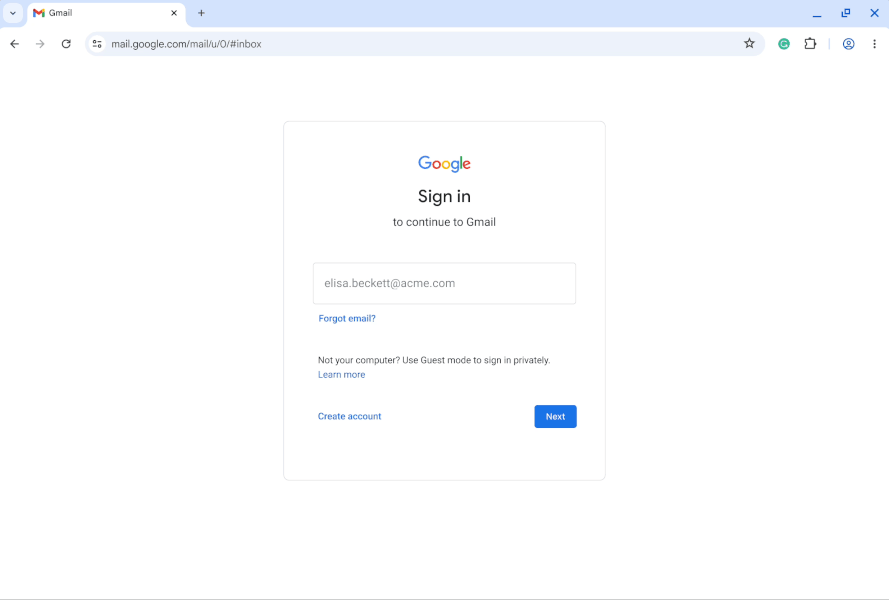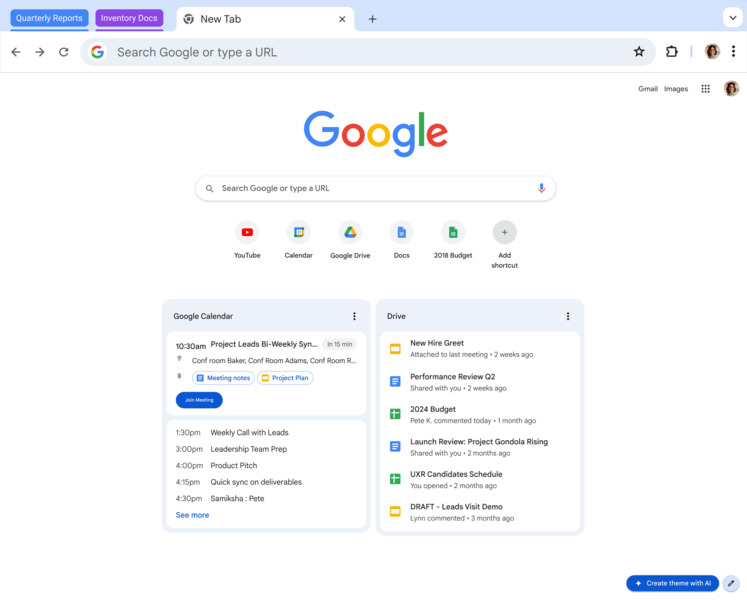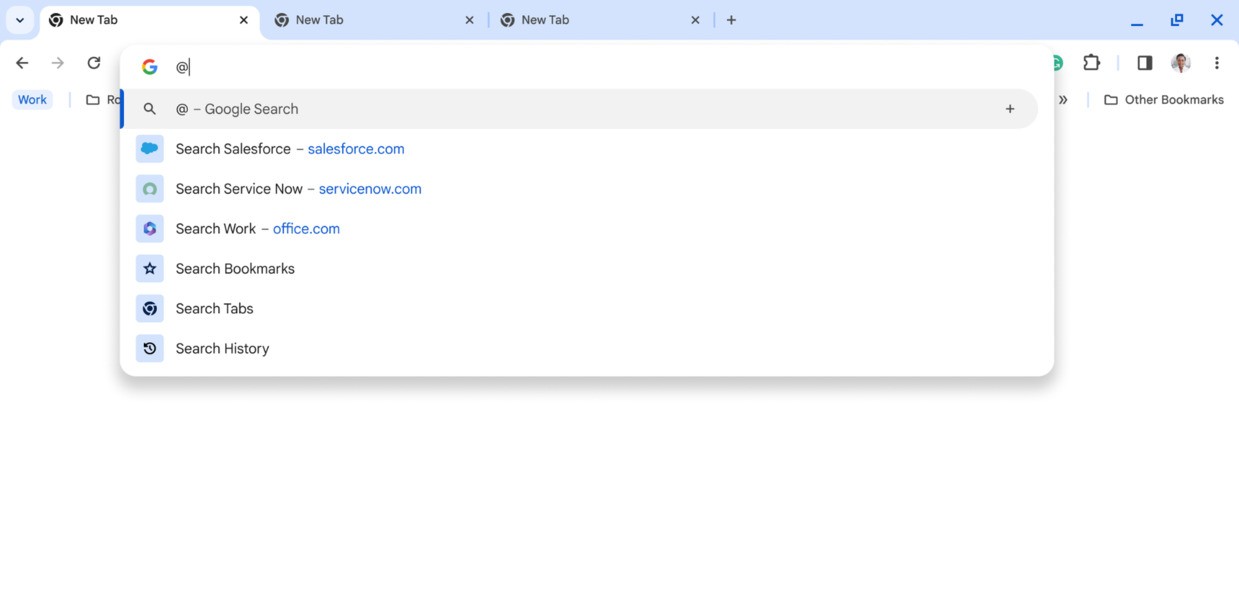What you need to know
- Chrome profiles gain improvements as part of the new feature rollout this week.
- Admins get the latest customization and granular policy controls for user groups in the organization.
- Tab experiences on Chrome also receive customization options and integration of Google Calendar on the new tab page.
This week, Google Chrome Enterprise gained some new productivity capabilities to help Google Workspace users who rely on their browsers for everyday work with services like Gmail and Google Docs.
In a recent Google Cloud blog post, the search giant shared all the new changes, including new Chrome profile management capabilities for IT teams that manage browsers and some productivity features for Workspace consumers.
Admins managing profiles get the latest benefits, such as the ability to “Tailor Chrome settings and policies for specific user groups or roles within your organization.”
They can also impose security policies at the profile level, which ensures the protection of sensitive data on personal devices for users signed in to Chrome. They can provide secure browsing environments for personal and contractor devices.
Users can further separate their work and personal data with relevant profiles in Chrome to improve their productivity and user experience.
Workspace consumers will also have more visibility into Chrome user profiles in their organizations thanks to new profile listings and the ability to report with Google Cloud Identity. There’s now a unified view that showcases users’ profiles of their organization, browser version, applied policies, and installed extensions, among other things. This feature is said to be generally available in the coming months.
Another interesting addition is for admins, who can “also benefit from new Device Trust Connectors with Okta, Ping, and Cisco Duo for context-aware access. Chrome can share device signals with partners when a user is signed in to Chrome (or when a user is in a Chrome Profile).”
The aim is to free up admins from having to maintain the device and create context-aware access controls for their expanded workforce. Consumers can further limit access to Workspace and other SaaS applications and exchange signals using Workspace context-aware access restrictions or Chrome Enterprise Premium.

A new sign-in flow window for Chrome is also expected to roll out in the coming weeks. This window claims to give more transparency to business users. It should make it easier to manage personal and work profiles. Business users can also see the types of data their organization has access to.
Additionally, they are allowed to move their current bookmarks, extensions, and other relevant browser data between personal and work profiles, or they can choose to keep them separate altogether.
Going further, Chrome Enterprise users will now be able to see an overview of their daily Google Calendar or Drive in the new tab page, giving them easier access. This feature is already rolling out, so if you are one of them, you should be on the lookout.

Admins will be able to create site shortcuts directly on the address bar. “These can be tailored to specific groups, such as giving the entire sales team easy access to Salesforce.” This is also currently rolling out and will be available for all users, even if they are now Workspace users.

After Chrome Desktop allowed syncing tab groups across multiple desktops, a new feature allows them to save and sync across all devices, including Android devices and iOS handsets. Chrome will also proactively suggest pages to revisit based on your previous tab activity—these were part of the latest Google Chrome update, which has already rolled out. These are some of the tab improvements that are coming for Chrome users and Enterprise users across platforms.

